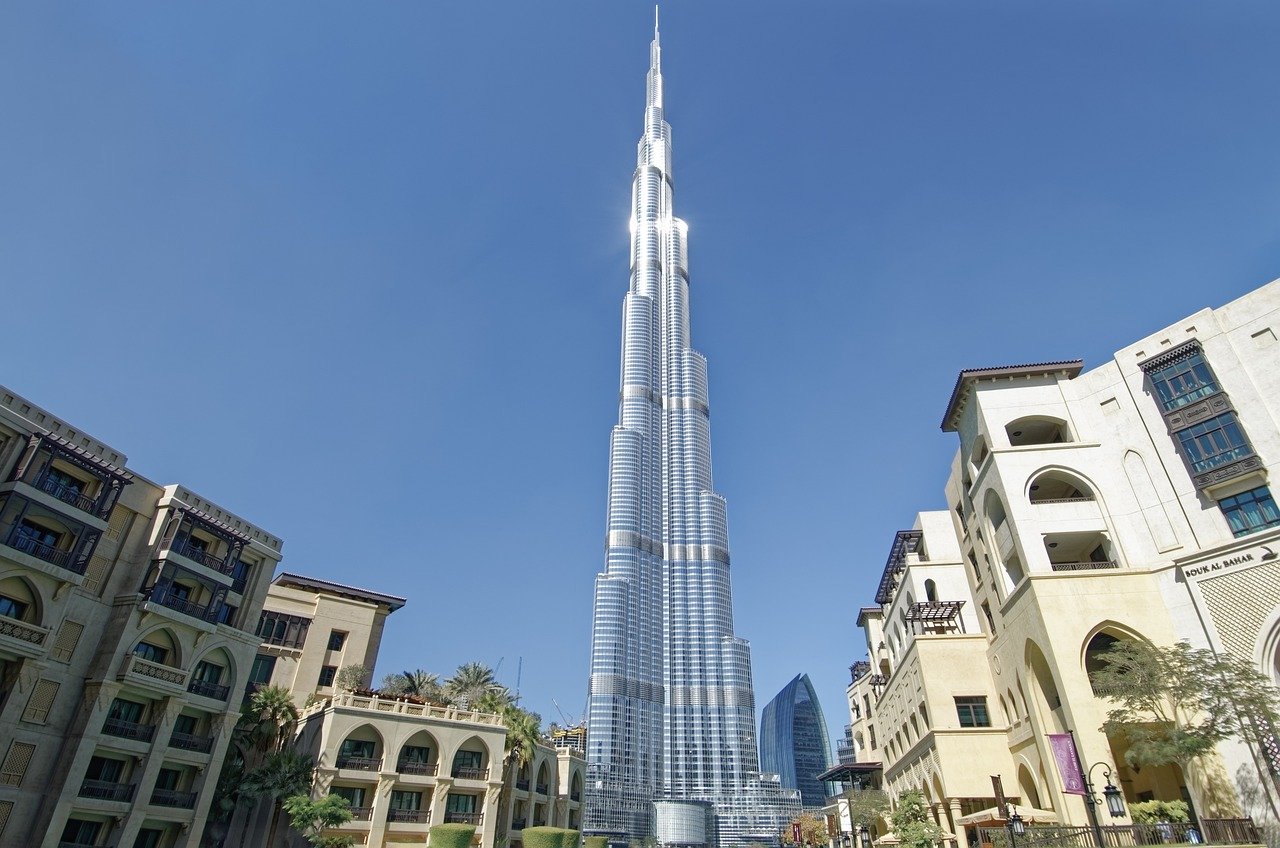Standing taller than the clouds, the world’s megastructures aren’t just feats of engineering—they’re symbols of ambition, innovation, and cultural identity. In this post, we break down the top 10 tallest buildings on Earth as of 2025, revealing their heights, histories, and the cutting-edge technologies that keep them aloft.
Top 10 Tallest Buildings at a Glance
| Rank | Building Name | Location | Height (m) | Floors | Year Completed |
|---|---|---|---|---|---|
| 1 | Burj Khalifa | Dubai, UAE | 828 | 163 | 2010 |
| 2 | Merdeka 118 | Kuala Lumpur, Malaysia | 678.9 | 118 | 2024 |
| 3 | Shanghai Tower | Shanghai, China | 632 | 128 | 2015 |
| 4 | Abraj Al Bait Clock Tower | Mecca, Saudi Arabia | 601 | 120 | 2012 |
| 5 | Ping An Finance Center | Shenzhen, China | 599 | 115 | 2016 |
| 6 | Goldin Finance 117 | Tianjin, China | 597 | 117 | 2019 (topped out) |
| 7 | Lotte World Tower | Seoul, South Korea | 555 | 123 | 2016 |
| 8 | One World Trade Center | New York City, USA | 541 | 104 | 2014 |
| 9 | Chow Tai Fook Finance Center, Guangzhou | Guangzhou, China | 530 | 111 | 2016 |
| 10 | Tianjin Chow Tai Fook Binhai Center | Tianjin, China | 530 | 97 | 2019 |
Detailed Look at Each Tower
-
Burj Khalifa
At 828 m and 163 floors, Burj Khalifa dominates Dubai’s skyline. Completed in 2010, it integrates residences, a luxury hotel, corporate offices and two observation decks at 448 m and 555 m. Its Y-shaped buttressed core keeps the structure stable against desert winds, while its spire pushes the height record into the stratosphere.
-
Merdeka 118
Rising 678.9 m over Kuala Lumpur, Merdeka 118 became the world’s second-tallest building in 2024. This mixed-use marvel hosts offices, residences, a hotel, retail space and observation decks at 483 m and 566 m—soon to offer Southeast Asia’s highest city-view platform. Its crystalline facade pays homage to traditional Malay patterns.
-
Shanghai Tower
China’s tallest tower spins skyward at 632 m across 128 floors. Opened in 2015, its twisting form reduces wind loads by nearly a quarter and houses offices, retail, a five-star hotel and a public deck at 552 m. Shanghai Tower earned LEED Platinum status for its double-skin facade and water-recycling systems.
-
Abraj Al Bait Clock Tower
Overlooking Islam’s holiest site, this 601 m, 120-story complex blends hospitality with heritage. Completed in 2012, the Makkah Royal Clock Tower features the world’s largest clock faces, a luxury hotel, retail mall, residential suites and an Islamic museum—serving millions of pilgrims each year.
-
Ping An Finance Center
At 599 m and 115 floors, Shenzhen’s landmark tower opened in 2016. Designed without a spire to comply with airspace regulations, its stainless-steel facade tapers into a pyramid crown. It hosts corporate offices, retail zones and an observation deck at 541 m, earning its place as the world’s fifth-highest deck.
-
Goldin Finance 117
Topped out in 2019 at 597 m with 117 floors, this Tianjin icon is the tallest flat-roof building globally. Although still pending final completion, its diamond-shaped crown and massive concrete core demonstrate cutting-edge structural engineering for supertall towers.
-
Lotte World Tower
Seoul’s 555 m spire soars over 123 floors of retail, offices, residences, a seven-star hotel and multiple observation levels. Open since 2016, its façade of glass and steel tapers elegantly, while “Seoul Sky” on floors 117–123 offers 360° panoramas of South Korea’s capital.
-
One World Trade Center
Standing 541 m tall, One WTC reopened New York City’s skyline in 2014. Its 104 floors house offices, broadcast studios and the One World Observatory. Built with a fortified base and symbolic height of 1,776 ft, it embodies resilience and modern safety standards.
-
Chow Tai Fook Finance Center (Guangzhou)
This 530 m, 111-story tower debuted in 2016. Part of Guangzhou’s Zhujiang New Town, it blends offices, a hotel and luxury residences, anchored by one of the world’s fastest elevators—reaching speeds up to 72 km/h for swift cityscape views.
-
Tianjin Chow Tai Fook Binhai Center
Tianjin’s twin to the Guangzhou tower, this 530 m, 97-floor mixed-use giant opened in 2019. Its curved glass façade was optimized for wind resistance and seismic loads, hosting offices, serviced apartments and a luxury hotel in the heart of Binhai’s business district.
Why These Skyscrapers Matter
Beyond sheer height, each tower pushes boundaries in structural engineering, sustainability and cultural storytelling. From buttressed cores and tuned mass dampers to LEED-certified green systems, these buildings point the way toward a future where cities grow vertically without compromising on safety or environmental impact.
Read Also-
Building Code of Australia – pdf
National Construction Code 2022 Australia
Engineering, Procurement, and Construction (EPC) in Civil Engineering
